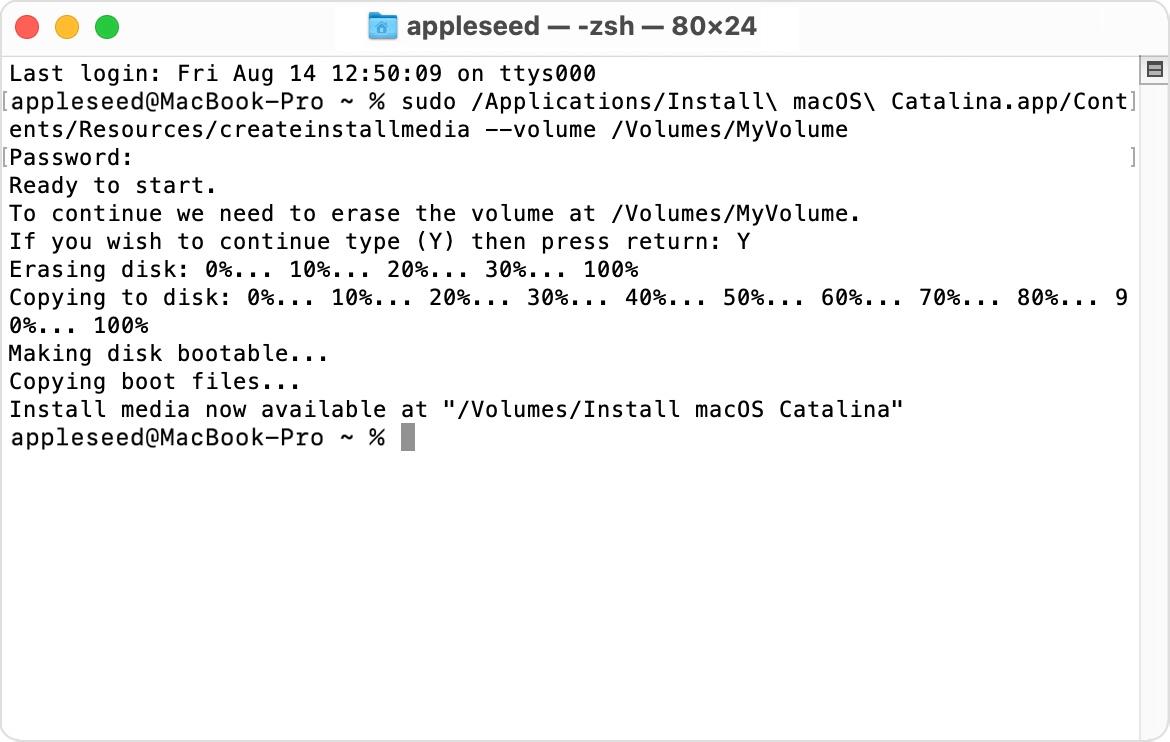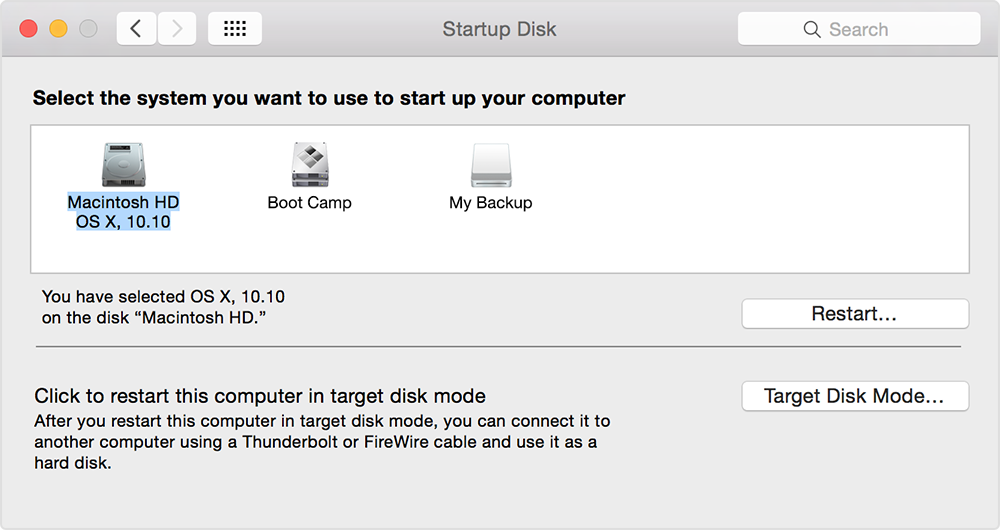


- #Mac command line to earch for usb how to
- #Mac command line to earch for usb mac os x
- #Mac command line to earch for usb 64 Bit
- #Mac command line to earch for usb 32 bit
- #Mac command line to earch for usb software
There's almost no reason you'd need to do this. If you start up from a different disk, the setting on that disk, or the hardware default, will take effect.ĭelete all files anywhere on your Mac which match a search termīe very careful with this one.

Note: This setting is stored in the /Library/Preferences/SystemConfiguration/ file and will take effect every time you start up from this disk. Sudo systemsetup -setkernelbootarchitecture i386
To select the 32-bit kernel for the current startup disk, perform the following:. Sudo systemsetup -setkernelbootarchitecture x86_64 In the window that opens, type the following, then press Enter. To select the 64-bit kernel for the current startup disk, perform the following:. Note:Your Mac will revert to the default kernel the next time you reboot it. If your Mac uses the 64-bit kernel by default, you can start up with the 32-bit kernel by holding the 3 and 2 keys during startup. If your Mac uses the 32-bit kernel by default, but supports the 64-bit kernel, you can start up using the 64-bit kernel by holding the 6 and 4 keys during startup. Method 1 - Startup key combination (for current startup only) #Mac command line to earch for usb mac os x
Mac OS X Server 10.6, Mac OS X 10.6, Mac Pro (Mid 2010) On hardware that supports the 64-bit kernel, you can choose whether to start up (boot) your Mac using the new 64-bit kernel or the earlier 32-bit kernel.
#Mac command line to earch for usb how to
How to switch between 32-bit and 64-bit kernel mode
#Mac command line to earch for usb 32 bit
If you’re using a 32 bit Kernel in Mac OS X, you'll see:ĭarwin iMac.local 10.0.0 Darwin Kernel Version 10.0.0: Fri Jul 31 22:47: root:xnu-1456.1.25~1/RELEASE_I386 i386. #Mac command line to earch for usb software
On the right, under System Software Overview, if 64-bit Kernel and Extensions is set to No, you are running a 64-bit kernel.
In the Contents pane on the left-hand side of the window that opens, select Software. In the window that opens, click the More Info button. In the upper-left of the screen, select the Apple menu, and choose About this Mac. When using applications which only support 32-bit kernel mode, be sure you are running your computer using the 32-bit kernel. #Mac command line to earch for usb 64 Bit
Note: Not all applications support the 64 bit kernel. While our Mac has to have a 64 bit processor to utilize that kernel, some 64 bit Macintoshes do not default to using the 64 bit kernel. Snow Leopard 10.6 was the first Mac OS X version to ship with a 64 bit kernel. How to tell if you’re running the 32 bit or 64 bit kernel When the command prompt is displayed again (the same one which initially appeared at the top of the Terminal window when you first opened it), you'll know the search has completed. The search can take a long time to complete.
You will be presented with a list of file-paths to any items whose file name contains your search term. where in-place of Bicycles you enter your search term. In the window that opens, type the following, then press Enter:. Open Macintosh HD > Applications > Utilities > Terminal. To search all locations for a file, perform the following: 
However, even this will not search all files on your Mac (i.e. To do this, select the following criteria for your search:
Now, you can perform searches which will include System files in the results. In the window that opens, scroll down, find, and check off System files. Towards the left of the window, just above where the search results would appear, you'll a pull-down menu which says (by default) Kind. Unlike Spotlight you can configure OSX's Find feature ( CMD+F) look for system files by performing the following: The Spotlight feature doesn't search the Library or hidden locations.Īside from Spotlight feature, OSX also has a Find feature. Enable NTFS drive support in OSX Snow Leopard or Lion. Troubleshooting kext (Mac OS 10.6.2 and above). Delete all files anywhere on your Mac which match a search term. Method 2 - On-disk setting (persistent). Method 1 - Startup key combination (for current startup only). How to switch between 32-bit and 64-bit kernel mode in Mac OS 10.6. How to tell if you’re running the 32 bit or 64 bit kernel in Mac OS X Snow Leopard. Finding absolutely anything on your Macintosh. Search for hidden files, Switch between the 32 bit and 64 bit kernel, fixing kernel extensions, enabling NTFS support and more. This article covers some useful tips and tricks in the Mac OS X terminal.








 0 kommentar(er)
0 kommentar(er)
